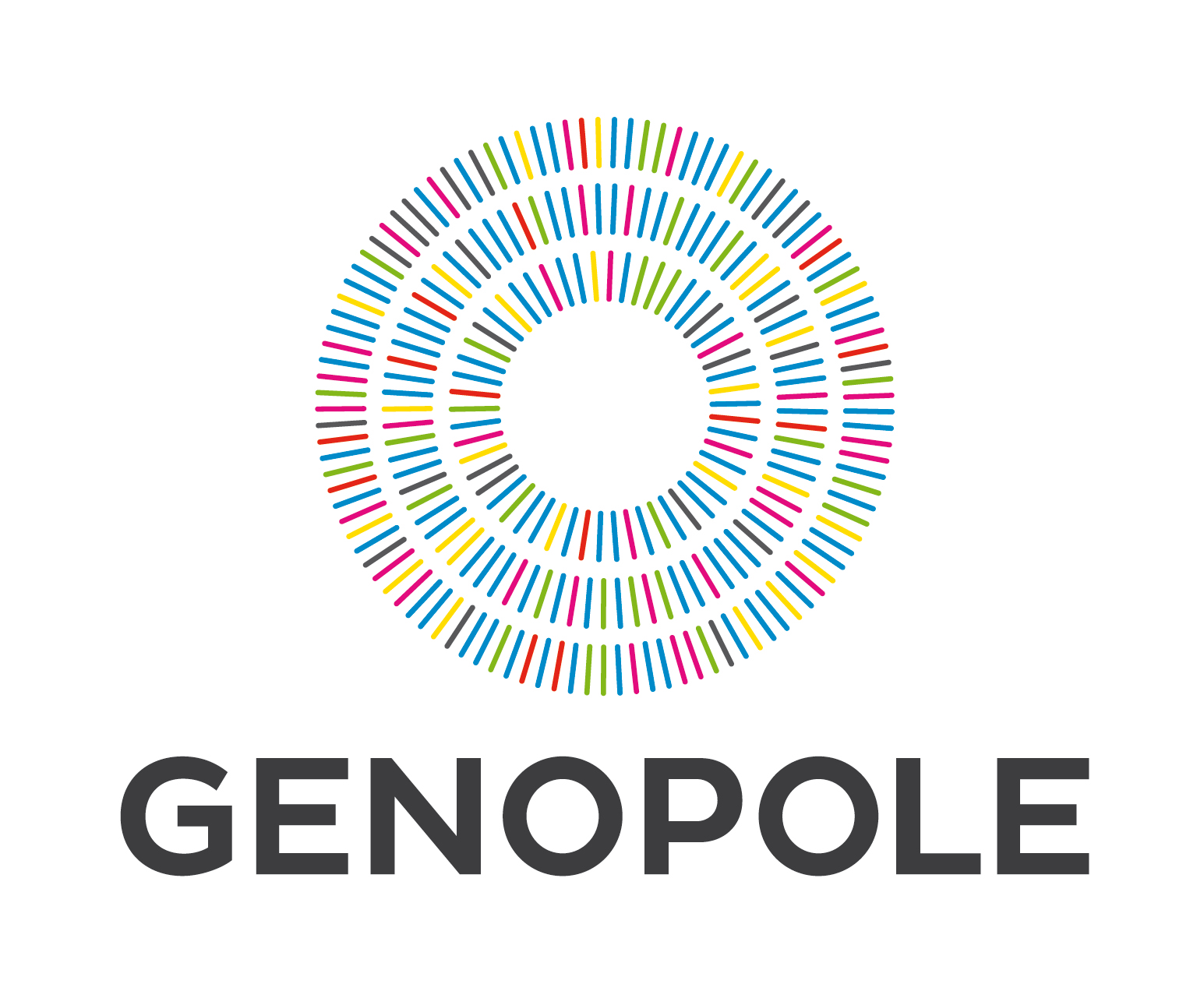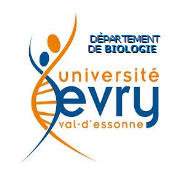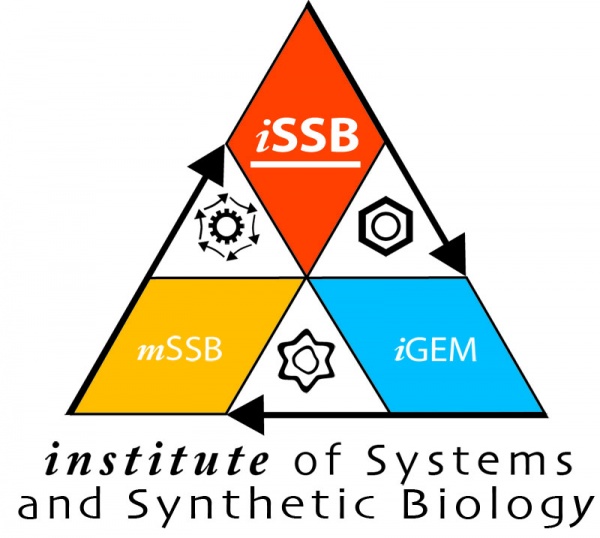Team:Evry/Project FUR
From 2013.igem.org
| Line 55: | Line 55: | ||
<p> | <p> | ||
As shown in Figure 3, and if we apply it to the sodB gene expression system. <b>In iron starvation</b>, Fur-Fe<sup>2+</sup> cannot be formed and RyhB transcription is disinhibited. RyhB is expressed in the intracellular environment and it can binds to sodB mRNA which contains RyhB’s target sequence. Once RyhB binds to SodB mRNA, RNA degrading enzymes, such as RNaseE and RNase III, are recruited and <b>the new formed complex is digested.</b><br/> | As shown in Figure 3, and if we apply it to the sodB gene expression system. <b>In iron starvation</b>, Fur-Fe<sup>2+</sup> cannot be formed and RyhB transcription is disinhibited. RyhB is expressed in the intracellular environment and it can binds to sodB mRNA which contains RyhB’s target sequence. Once RyhB binds to SodB mRNA, RNA degrading enzymes, such as RNaseE and RNase III, are recruited and <b>the new formed complex is digested.</b><br/> | ||
| - | However, if the iron concentration high enough Fur- | + | However, if the iron concentration high enough Fur-Fe<sup>2+</sup> complex is formed and it can inhibit the RyhB transcription. SodB is not repressed and can be synthesized. That is why Fur is described as an activator transcriptional factor in such a case. |
</p> | </p> | ||
Revision as of 22:28, 3 October 2013
FUR system
Iron is an essential element in the development of E. coli, but also, it can be toxic and E. coli can be killed, if iron is absorbed in high quantity. Using the ferric-uptake regulator protein (Fur), bacteria developed an advanced system to regulate their iron homeostasis.
FUR protein (Ferric Uptake Regulator)
The Fur protein is a transcriptional repressor of more than 90 genes involved, in majority, in iron homeostasis (Revue + “Iron and metal regulation in bacteria”, Klaus Hantke). It plays an important role in the control of the intracellular concentration of iron in E. coli.
Fur acts as a positive repressor in presence of ferrous ion (Fe2+), its co-repressor. Then, Fe2+ binds to the Fur protein (one ferrous ion per subunit of Fur), it will lead to a structural modification and induce the dimerization of Fur and Fe2+. Then the homodimeric Fur-Fe2+ complex will bind to the DNA in a Fur Binding Site and inhibit the mRNA transcription. In absence of Fe2+, a disinhibiting effect occurs and mRNA transcription can be done.
FUR binding site architecture
Natural inverter system
It had been shown that Fur could be involved in a positive regulation of several genes of E. coli (fntA, bfr, acnA, fumA, sdh operon, sodB). In fact E. coli uses an inverter system mediated by a small RNA named RhyB.
RhyB is a 90 nucleotids long sRNA which is regulated by the Fur transcriptional factor, then it is expressed at low concentration of iron.(ref: Amanda G., “Iron responsive Bacterial small RNAs: variation on a theme”)
As shown in Figure 3, and if we apply it to the sodB gene expression system. In iron starvation, Fur-Fe2+ cannot be formed and RyhB transcription is disinhibited. RyhB is expressed in the intracellular environment and it can binds to sodB mRNA which contains RyhB’s target sequence. Once RyhB binds to SodB mRNA, RNA degrading enzymes, such as RNaseE and RNase III, are recruited and the new formed complex is digested.
However, if the iron concentration high enough Fur-Fe2+ complex is formed and it can inhibit the RyhB transcription. SodB is not repressed and can be synthesized. That is why Fur is described as an activator transcriptional factor in such a case.
Constructions
Our goal is to lower the iron absorption from the intestins to the blood by using an iron chelating bacteria, Iron Coli. The objective of the labwork is to design an iron-sensible promoter with FUR and overexpress the enterobactin synthesis pathway in the presence of iron.
Before going in the detail of our construction, we needed a iron marker in E. coli. Thus, we selected the FUR protein which negatively regulates the downstream genes. It is used in the iron regulation of the bacterium and smoothly shuts down the production ot siderophores, natural chelators of iron in the environment in iron depletion situation. When the concentration of iron exceeds 106, the FUR proteins binds the ion, dimerizes and its inhibitory mechanism is activated. Below this threshold, the FUR protein's inhibition is suppressed and indirectly activates the downstream genes.
Siderophores


 "
"

















